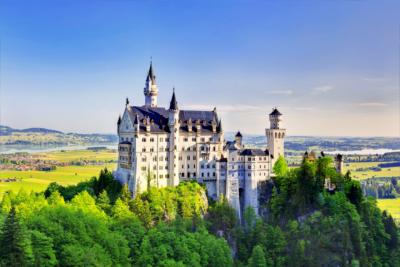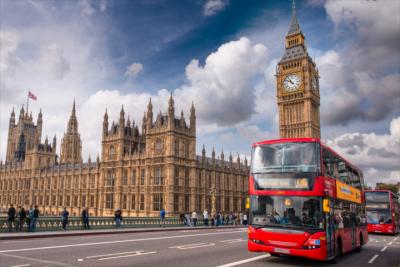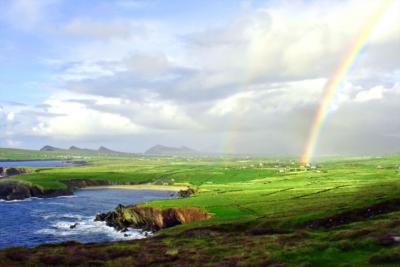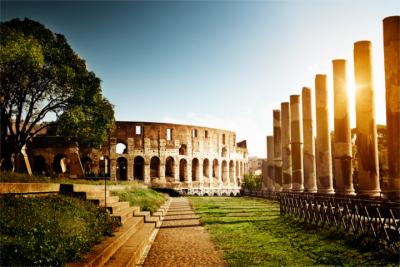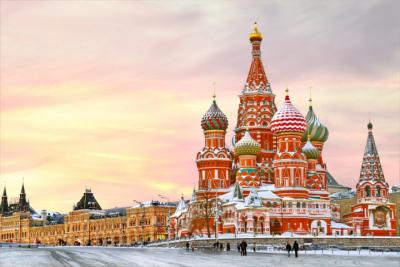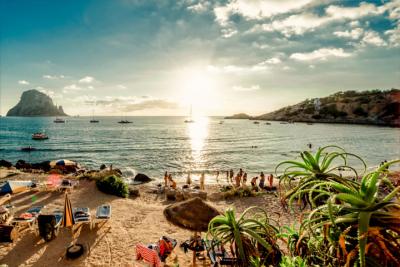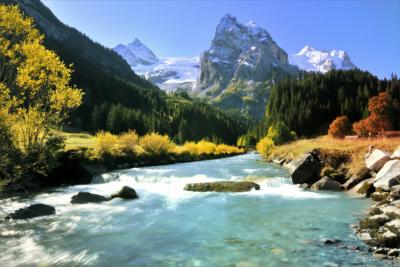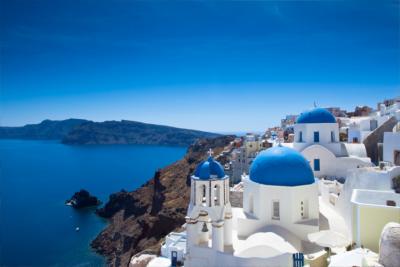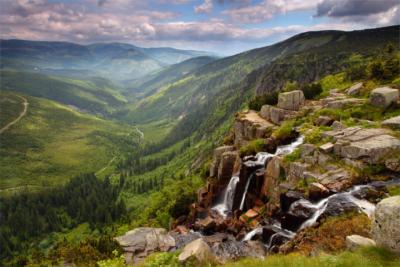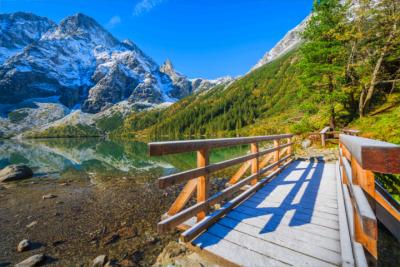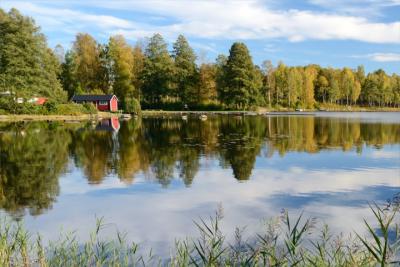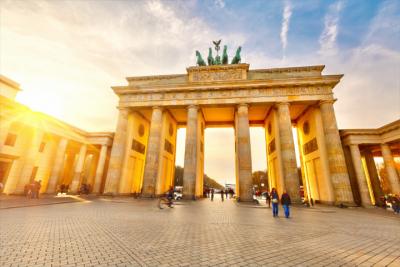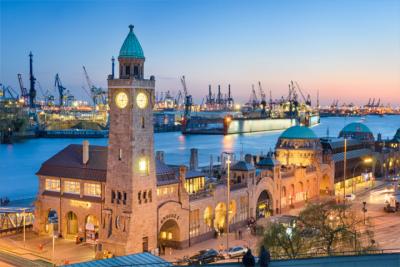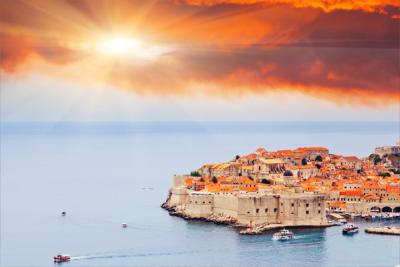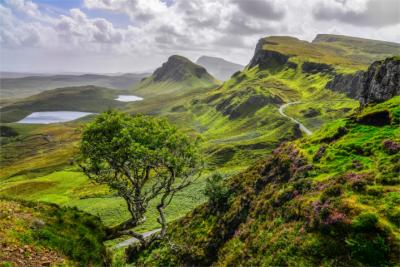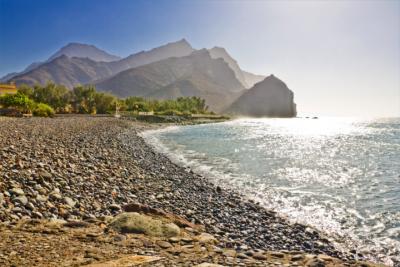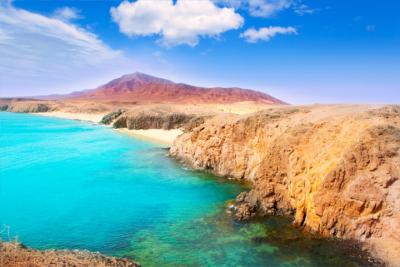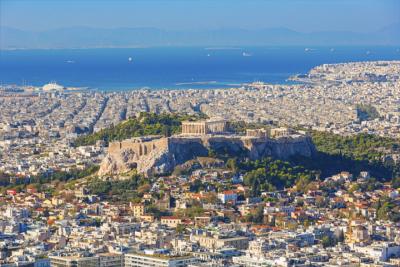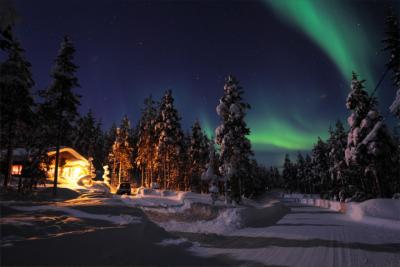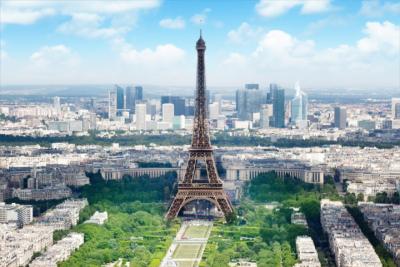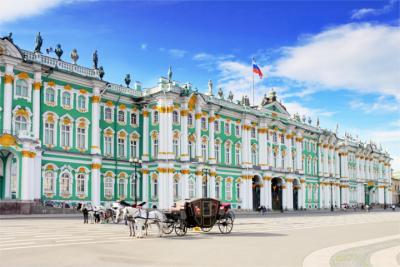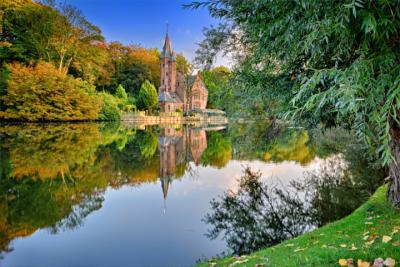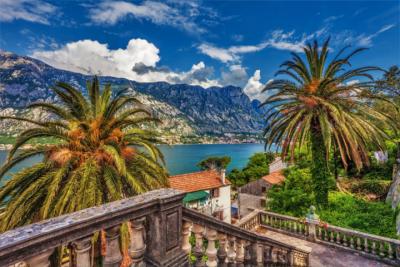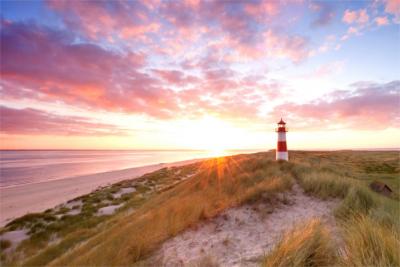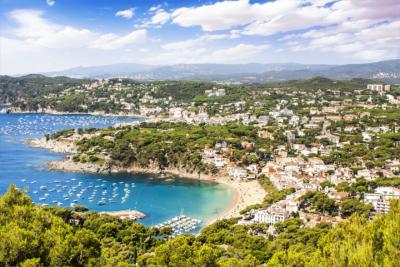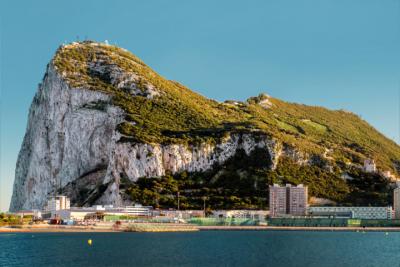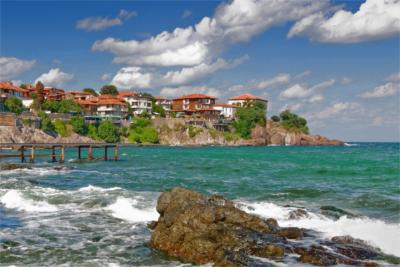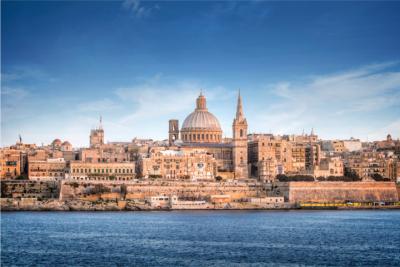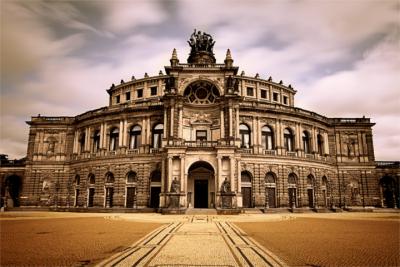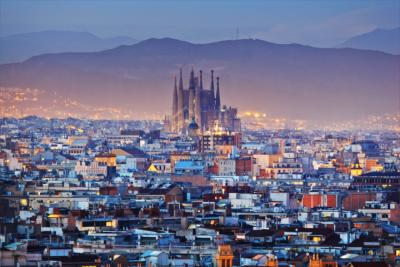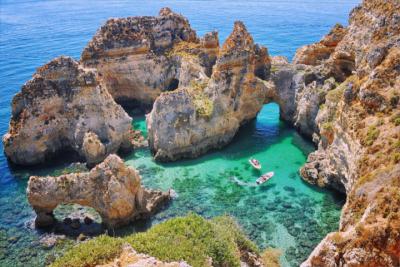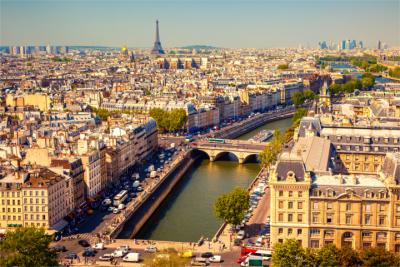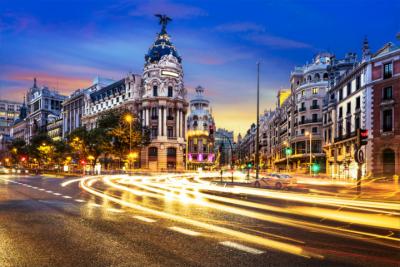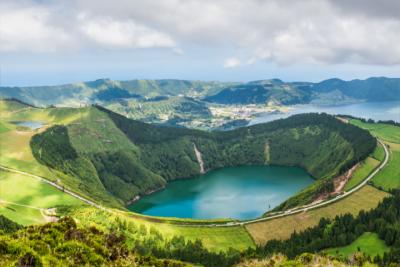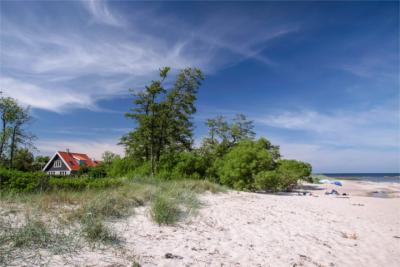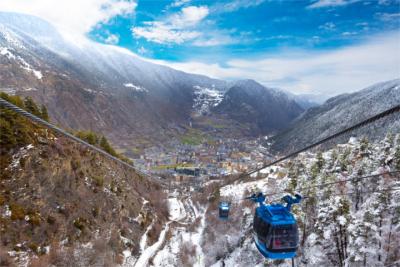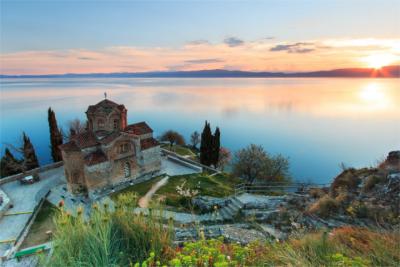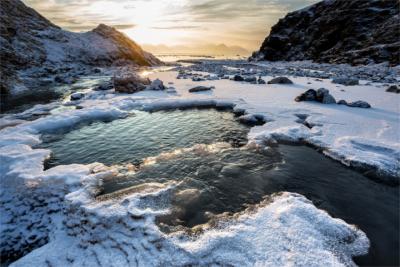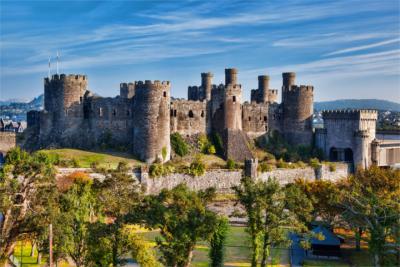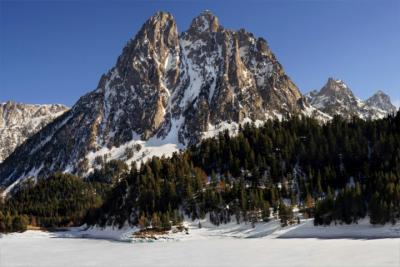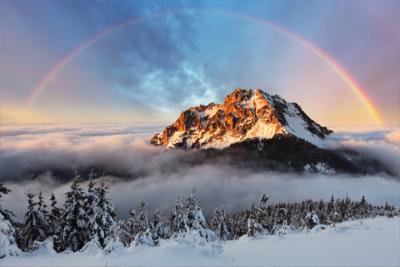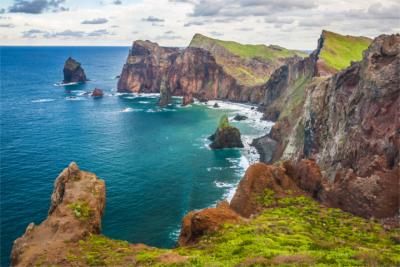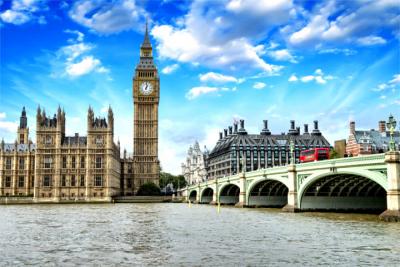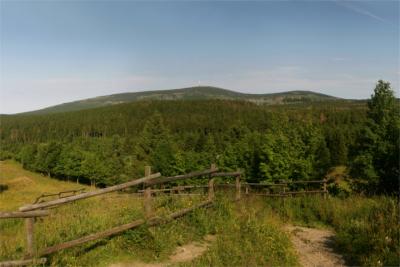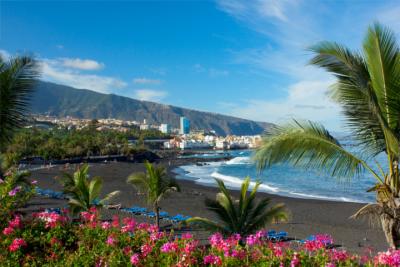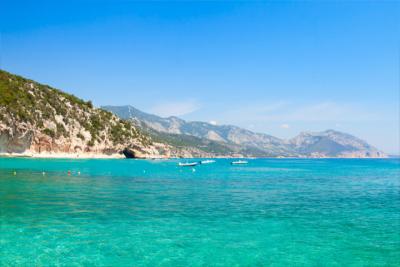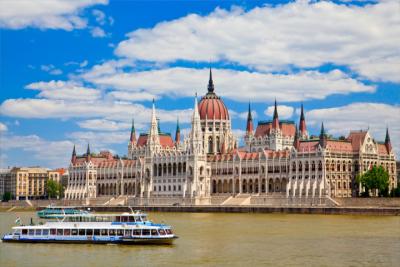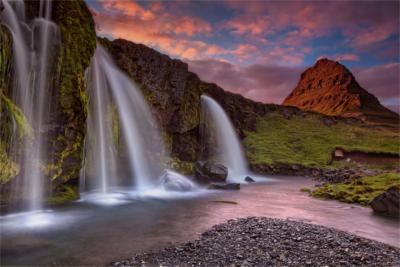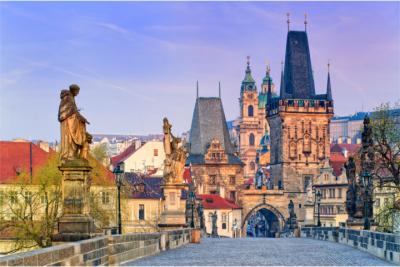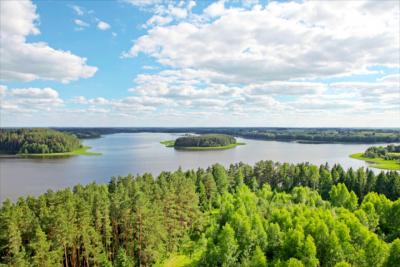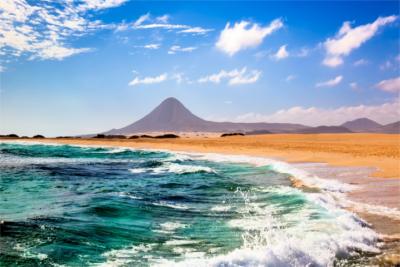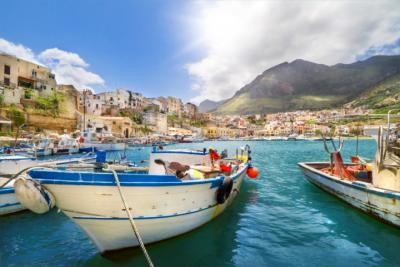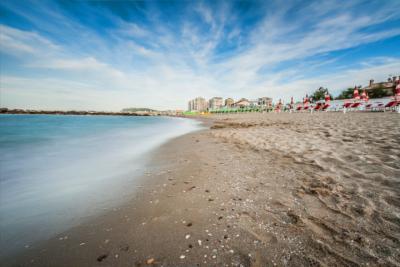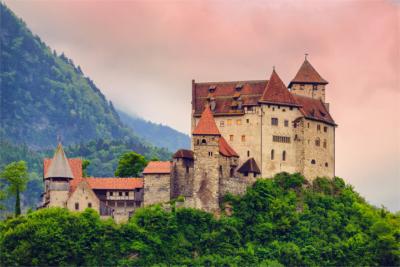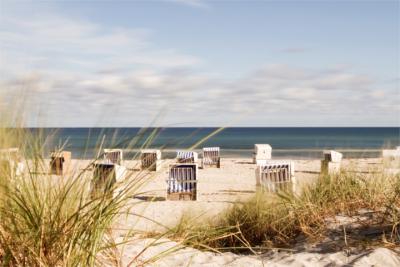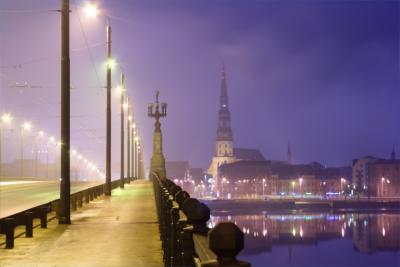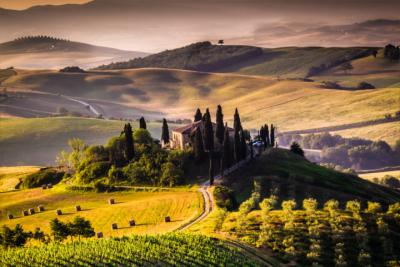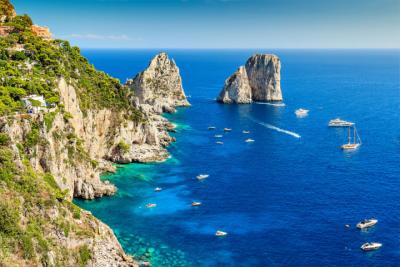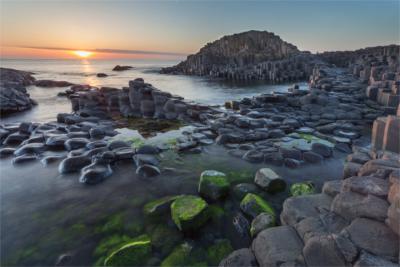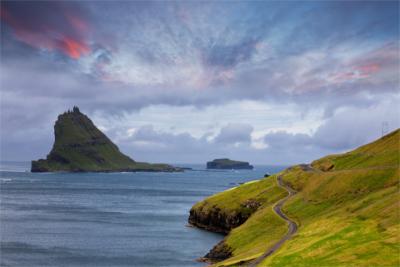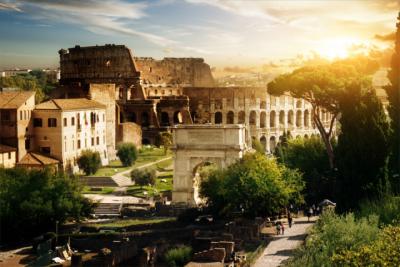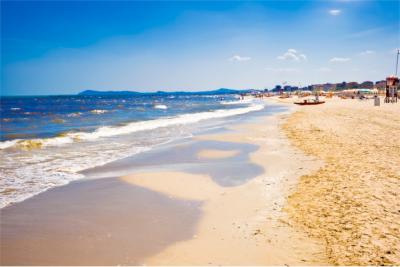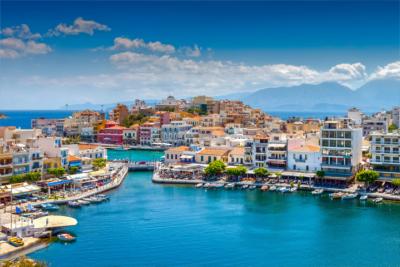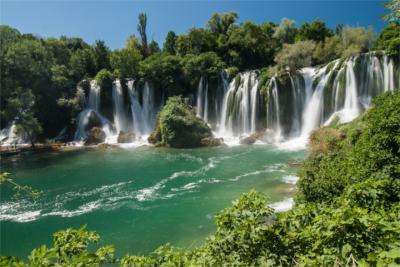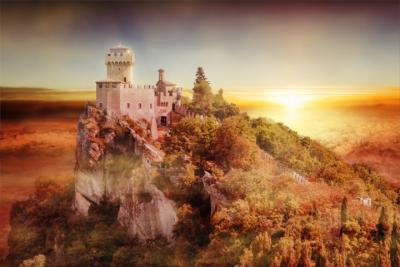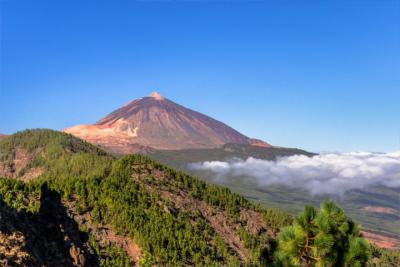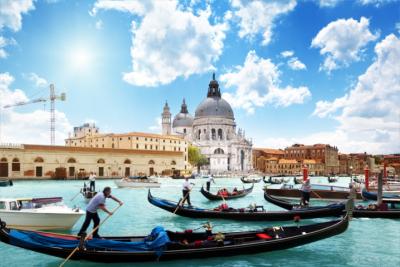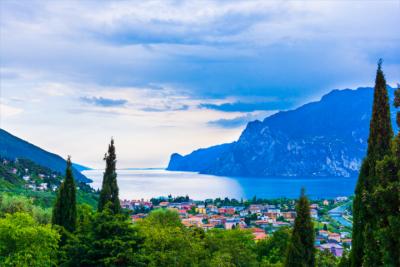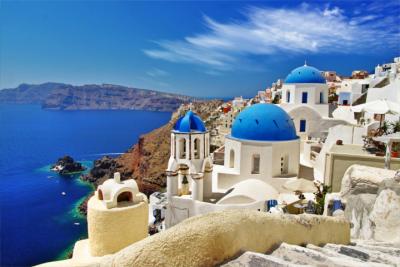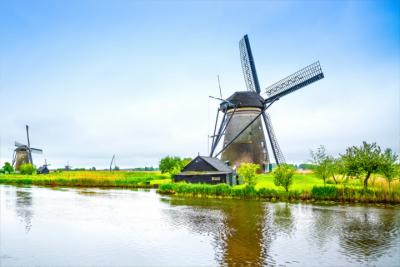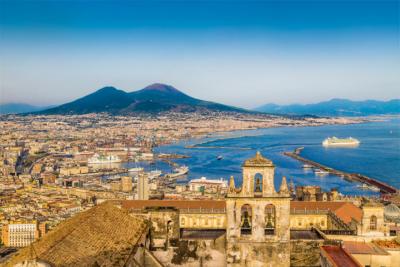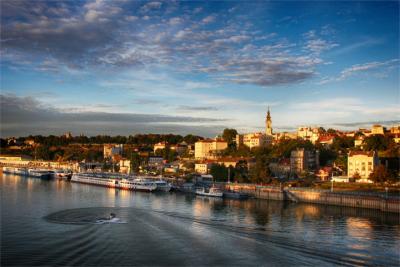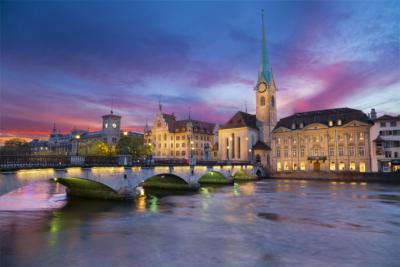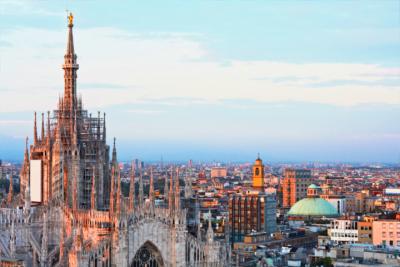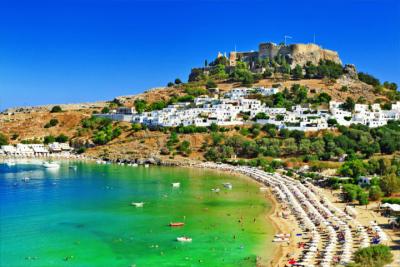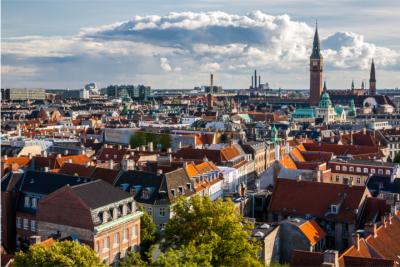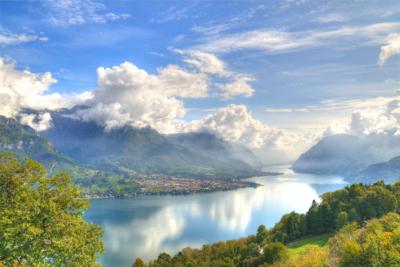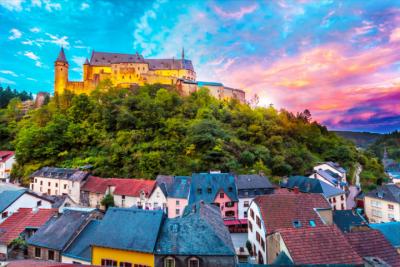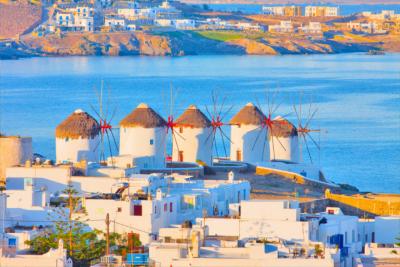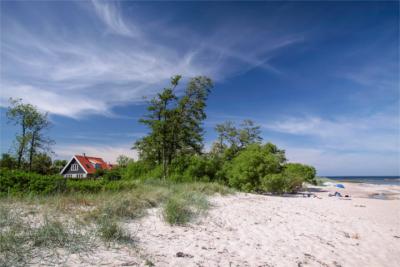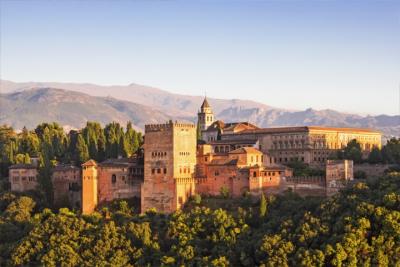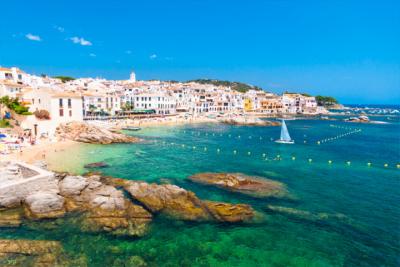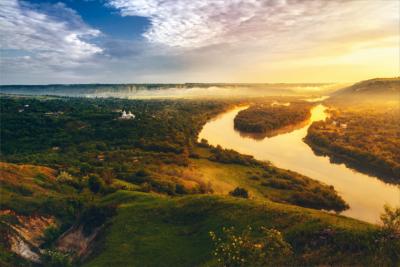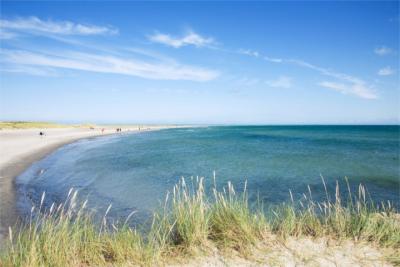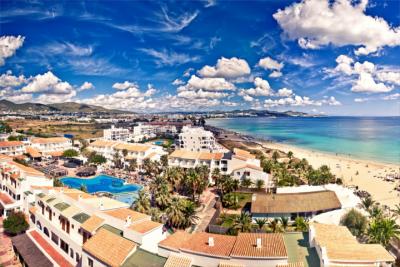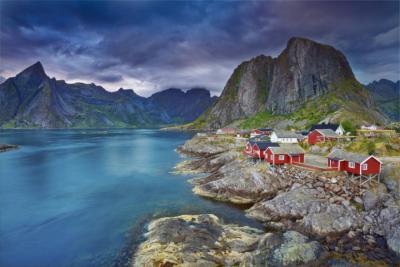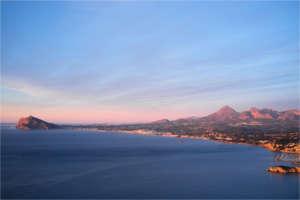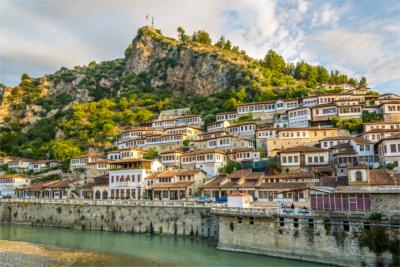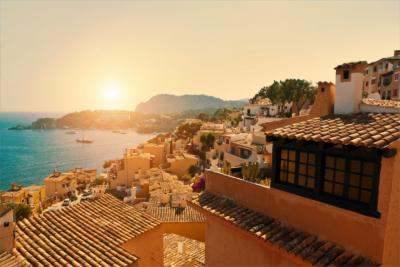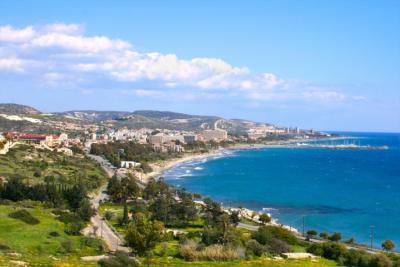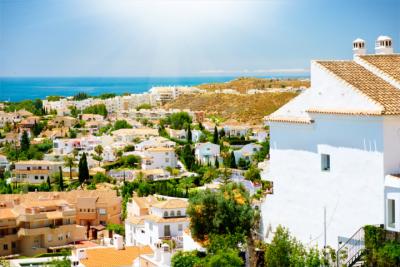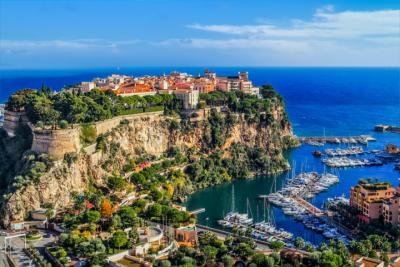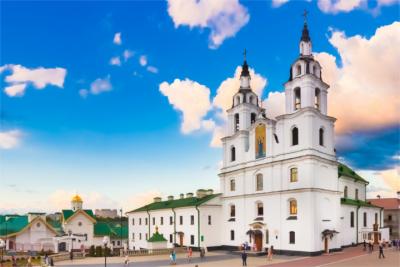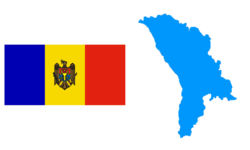Travel Offers
Travelmyne Featureprint
Distance
Moldova - An Insider Tip in South-Eastern Europe
The beautiful landlocked country of Moldova lies between Ukraine and Romania. The unfamiliar country in Eastern Europe is still an insider tip in the world of travel. It fascinates with green forests, scenic vineyards and its cordial inhabitants.

Geography - The landlocked country of Moldova
The Republic of Moldova (or Moldavia) is a landlocked country in south-eastern Europe, which is enclosed by Ukraine and Romania. It is divided into the five municipalities of Bălți, Comrat, Tighina, Tiraspol and Chișinăut. In addition, there is the autonomous territorial unit of Gagauzia and the territorial unit of Transnistria. Besides the capital of Chișinău, Comrat and Tiraspol are Moldova's biggest cities. The climate is a dry and warm continental one.

Nature - The fertile wine country
While the north is hilly, the rest of Moldova is green and undulating. The country's centre is called "Codrii", which means as much as "the woods" and this region is in fact covered in extraordinarily old forests of oaks and beeches. You can spot deer, boars, weasels and polecats in this area. The major part of the country (over 80 %), however, is covered in hilly cultivated land. Wine and fruit grow particularly well here. It is mostly great rivers like the Dniester and Pruth which make Moldavia this fertile. In addition, you find over 20 greater lakes and a beautiful small waterfall, which is very popular with visitors.

Natural sights - The wine-growing tradition
Moldova's greatest natural highlight is wine-growing, which has a long tradition here. The old vineyards were much asked for across the country's borders, especially in the 18th century. Wines from Moldova could be found in every well-assorted French wine cellar. Nowadays, Russia is the biggest buyer of Moldovan wines. That is why the quality of the wines corresponds to Russian taste, which makes them very sweet. The four most important wine-growing areas are popular tourist destinations to the present day. In Bălți, the craft of wine production is kept alive and many things are still done by hand. The idyllic wine-growing region of Codra is enclosed by hills and forests, the estate of Nistreana lies on the waterfront of the Dniester and the wine-growing area in Cahul is known for its sweet wines. Every estate has its own charm and appeal.

Culture - A proud nation in a poor country
Moldova looks back on a chequered history with wavering hegemonic structures and shifting boundaries. It has still not been determined which regions are part of the country. The country's different eras are apparent from buildings and monuments, which you see all over the place. Truly traditional architecture is presented by the cosy country houses in the villages. They reflect the mentality of Moldova's population. Moldova only became an independent state in 1991 and Romanian was its official language. This was changed shortly afterwards. Now Moldovan was supposed to be the official language. However, this was not a big change as Moldovan is extremely similar to Romanian. Up into the 18th century, Moldova was one of the wealthiest eastern European countries. Today, it trails behind in the lower ranks but nevertheless, the Moldovans have maintained their joy of living and cordiality.

Cultural sights - Churches, monasteries and cathedrals
Worthwhile cultural sights are the Struve Geodetic Arc, which was declared a World Cultural Heritage site by the UNESCO, and the country's rustic monasteries. Examples are Saharna Monastery from the 17th century, Tipova Monastery and Japca Monastery from the 16th century. Travellers also see numerous churches and cathedrals on their way through the country, for example the beautiful cathedrals in Drochia and Chișinău or the wooden church in Petruseni. The country's capital, especially its city centre, is also worth a visit. The Pushkin House and Museum, the botanic garden, the water tower and the station are popular attractions. Travellers should also not miss out on the spa resorts of Cahul and Hirjauca with their thermal and moor baths, which offer relaxation.

Experience - Moldovan wine and other delicacies
White, red and refreshing rosé wine - the range of Moldovan wines is wide and it is worth tasting some of them. The same is true of the plain and hearty cuisine. It is similar to the Romanian cuisine but also has its own specialities. Sheep's cheese is considered one of the Moldovans' favourite foods and is part of many dishes. Another delicacy is mushka (smoked ham) or mititei (grilled beef sausages). You can buy ingredients and other culinary specialities on the markets, called "tolchoks". A special shopping facility is the great shopping centre MallDova in the capital. Typical souvenirs are costumes, embroidery and cognac. Chișinău's nightlife is very exciting. Casinos, night clubs, bars and pubs offer a lot of entertainment.

Activities - Hiking in the vineyards
As the winters in Moldova are very rich in snow, it is a good idea to bring ski equipment or a sleigh. Snow hikes and cross-country skiing are popular activities in the hilly country. The forests and vineyards are excellently suited for long hikes at any point of the year. You can also explore the region in a horse-drawn cart. Travellers who want to go on a boat trip should visit the great lakes. You can rent rowing boats at Chișinău Lake near the capital.

Information
Travellers reach Moldova by plane or by land. Another possibility is a river cruise. This way, you can visit a number of beautiful regions.
The many monasteries and churches are popular destinations for culture enthusiasts but Moldova is also an excellent holiday destination for visitors who want to relax in nature.

